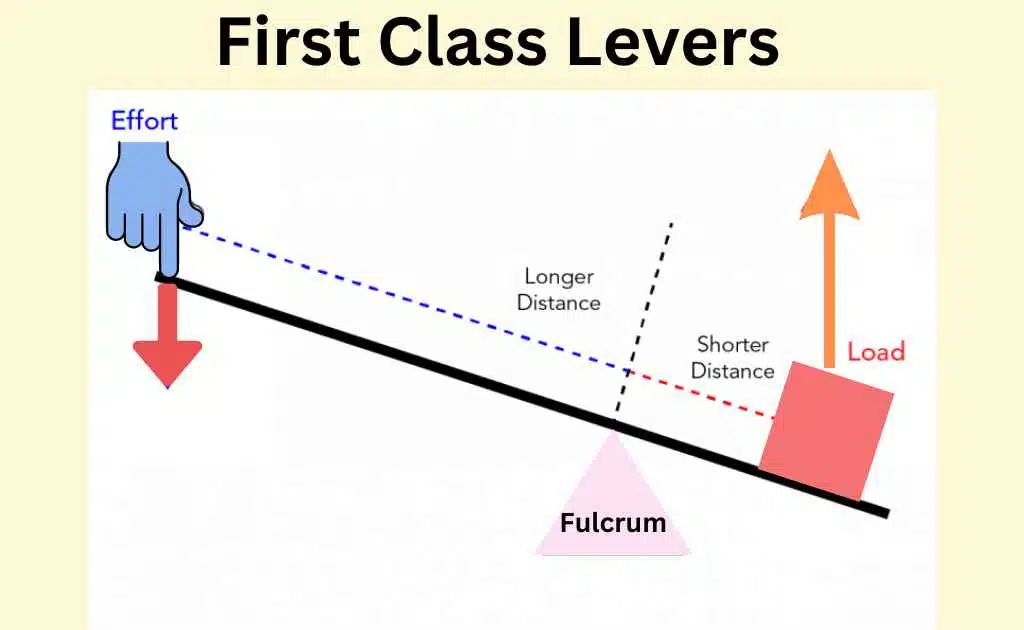How strong is rolling friction?
Rolling friction is typically weaker than static friction but stronger than sliding friction. The strength of rolling friction depends on factors such as the materials in contact, the surface conditions, and the weight of the object rolling.
The strength of rolling friction depends on the weight of the object, the coefficient of rolling friction, and the surface area of the object in contact with the surface. In general, rolling friction is weaker than sliding friction, which is why it is preferred in many applications.
Compared to sliding friction, rolling friction is generally easier to overcome because it requires less force to maintain motion. This is because the point of contact between the rolling object and the surface is constantly changing, which distributes the force of friction over a larger area.
In contrast, sliding friction occurs when two surfaces slide against each other, creating a stationary point of contact and a stronger force of friction.
However, it’s important to note that rolling friction can still be significant in certain situations, especially if the weight of the object is very high or the coefficient of rolling friction is very low. For example, a heavy truck traveling at high speeds may experience significant rolling friction as it travels down a highway, which can affect fuel efficiency and cause wear and tear on the tires.







Leave a Reply